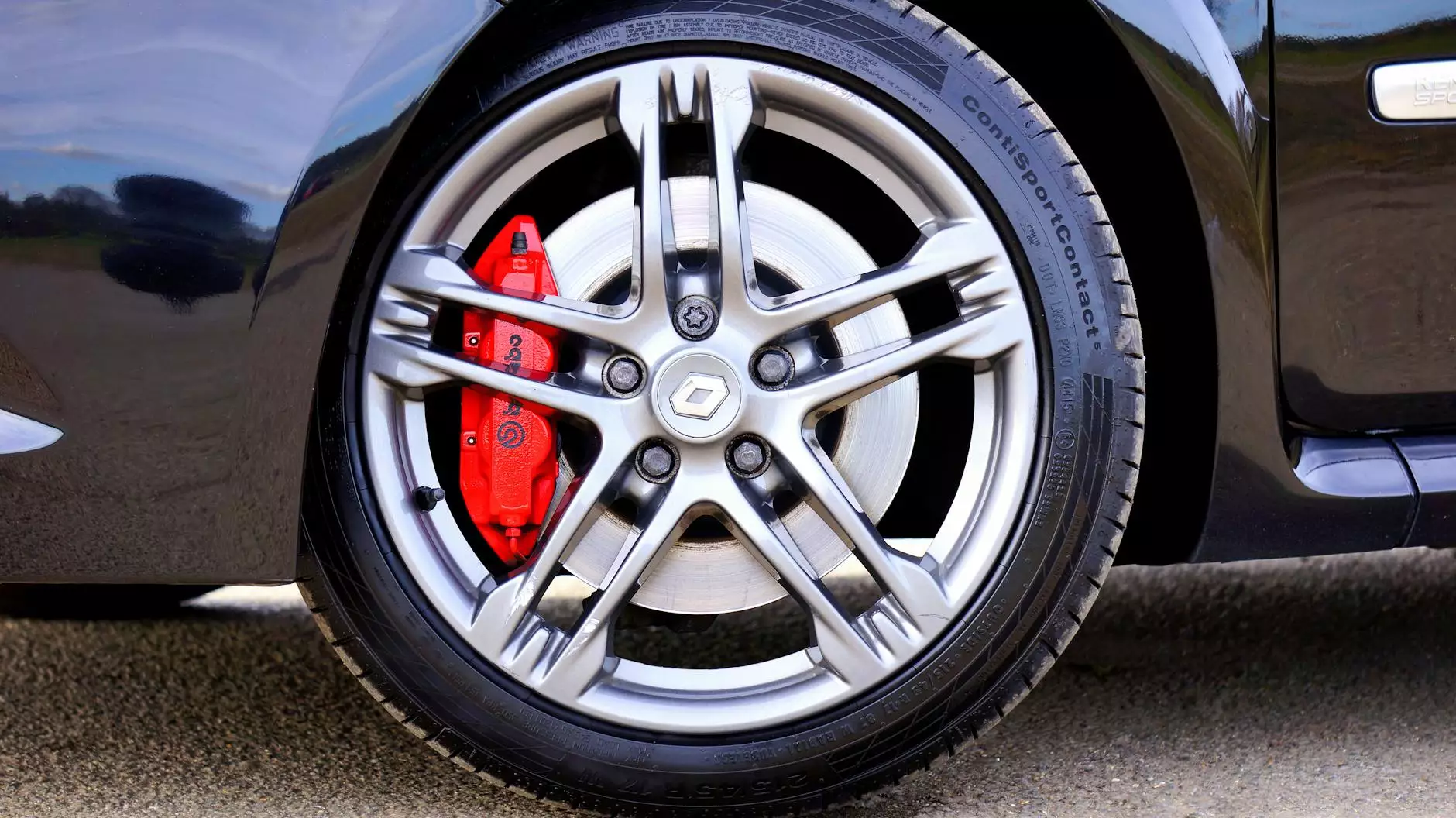Understanding Auto Braking Systems in Cars: A Comprehensive Guide

Auto braking systems have revolutionized the automotive industry, providing drivers with greater safety, enhanced control, and improved vehicle management. As technology advances, the integration of advanced braking systems has become critical in everyday driving. This article will explore various aspects of auto braking systems, their components, benefits, and maintenance tips to ensure optimal performance.
The Importance of Auto Braking Systems
Auto braking systems are essential for ensuring the safety of both drivers and passengers. These systems work by reducing the speed of a vehicle or bringing it to a complete stop, especially in emergency situations. The significance of these systems can be elucidated through a few key points:
- Increased Safety: Auto braking systems help prevent accidents by automatically applying the brakes when necessary.
- Enhanced Control: These systems provide better control over the vehicle during challenging driving conditions.
- Improved Performance: Modern braking systems contribute to smoother driving and improved vehicle longevity.
Components of Auto Braking Systems
Understanding the components of auto braking systems is crucial for grasping how they function. Here are the primary elements that make up these advanced systems:
1. Brake Pedal
The brake pedal is the driver's primary means of controlling the braking system. When pressed, it activates the master cylinder.
2. Master Cylinder
The master cylinder converts the mechanical pressure from the brake pedal into hydraulic pressure. This pressure is crucial for activating the brake components.
3. Brake Lines
Brake lines transport hydraulic fluid from the master cylinder to the brake calipers. These lines must be free of leaks and blockages.
4. Brake Calipers
Brake calipers house the brake pads and apply pressure to them against the brake rotors to create friction, thus slowing down or stopping the vehicle.
5. Brake Pads
Brake pads are the components that apply friction against the brake rotors, generating the necessary force to stop the vehicle.
6. Brake Rotors
Brake rotors are metal discs that the brake pads clamp down on when the driver applies the brakes. They are a critical component in the braking process.
7. Anti-lock Braking System (ABS)
The Anti-lock Braking System (ABS) prevents the wheels from locking up during braking, especially in slippery conditions, thus allowing the driver to maintain steering control.
How Auto Braking Systems Work
Auto braking systems operate on principles of both hydraulic pressure and electronic control. Here's an overview of how these systems function:
- Driver Input: The driver presses the brake pedal, which sends a signal to the master cylinder.
- Hydraulic Activation: The master cylinder creates hydraulic pressure, pushing brake fluid through the brake lines to the brake calipers.
- Friction Creation: Brake calipers squeeze the brake pads against the brake rotors, generating friction that slows down the vehicle.
- ABS Engagement: In emergency situations, the ABS can activate, modulating the brake pressure to prevent wheel lock-up.
Benefits of Auto Braking Systems
Implementing advanced auto braking systems provides numerous advantages for vehicle operation:
1. Safety Enhancements
One of the primary advantages is that auto braking systems significantly enhance safety by reducing the risk of collisions. They help drivers avoid accidents by automatically applying the brakes when necessary.
2. Driver Confidence
With advanced braking systems, drivers feel more confident behind the wheel, knowing that their car can assist in emergency situations and provide better handling in adverse conditions.
3. Reduced Repair Costs
By preventing accidents, auto braking systems can lead to lower repair costs over time. Fewer accidents mean less wear and tear on the vehicle, resulting in lower maintenance expenses.
4. Insurance Benefits
Vehicles equipped with advanced safety features, including auto braking systems, often qualify for lower insurance premiums due to their enhanced safety ratings.
Common Types of Auto Braking Systems
Various types of auto braking systems are available in today's vehicles, each tailored for specific functionalities:
- Standard Braking System: The traditional braking system that relies on hydraulic pressure without advanced features.
- ABS: As mentioned earlier, this system prevents wheel lock-up during hard braking.
- Automatic Emergency Braking (AEB): A system that automatically applies the brakes if a potential collision is detected.
- Adaptive Cruise Control: A system that adjusts the vehicle's speed automatically based on traffic conditions and applies brakes accordingly.
Maintenance Tips for Auto Braking Systems
To ensure the longevity and effectiveness of auto braking systems, regular maintenance is essential. Here are some tips:
1. Regular Inspections
Conduct regular inspections of the braking system, including checking brake pads, rotors, and calipers for wear and tear.
2. Fluid Replacement
Brake fluid should be replaced periodically to ensure optimal performance. Old or contaminated brake fluid can lead to system failures.
3. Check Brake Lines
Inspect brake lines for leaks or damage. Any issues should be addressed promptly to prevent brake failure.
4. Monitor Warning Lights
Pay attention to the dashboard warning lights related to the braking system. They can indicate issues that need immediate attention.
5. Professional Servicing
Regularly take your vehicle to a professional mechanic to have the braking system serviced and checked comprehensively.
Conclusion
In summary, the auto braking system in cars represents a significant advancement in automotive safety and technology. These systems not only provide crucial safety benefits but also enhance the overall driving experience. As vehicle technology continues to evolve, understanding the workings and maintenance of braking systems will be vital for all drivers. Investing in a vehicle equipped with a reliable auto braking system is a proactive step towards safer roads and improved driving confidence.
Visit imautoparts.com to explore a wide range of auto parts & supplies, including components for your braking systems, and ensure your vehicle remains safe and well-maintained.









